(NLDO) - Some objects in the Solar System have unusually tilted orbits, even rotating backwards. Scientists have just found the reason.
According to Sci-News, a new study shows that the Solar System billions of years ago had close contact with another identical star system.
Like those sci-fi movie scenes where a person encounters an identical version of himself in a parallel world , much chaos ensued.
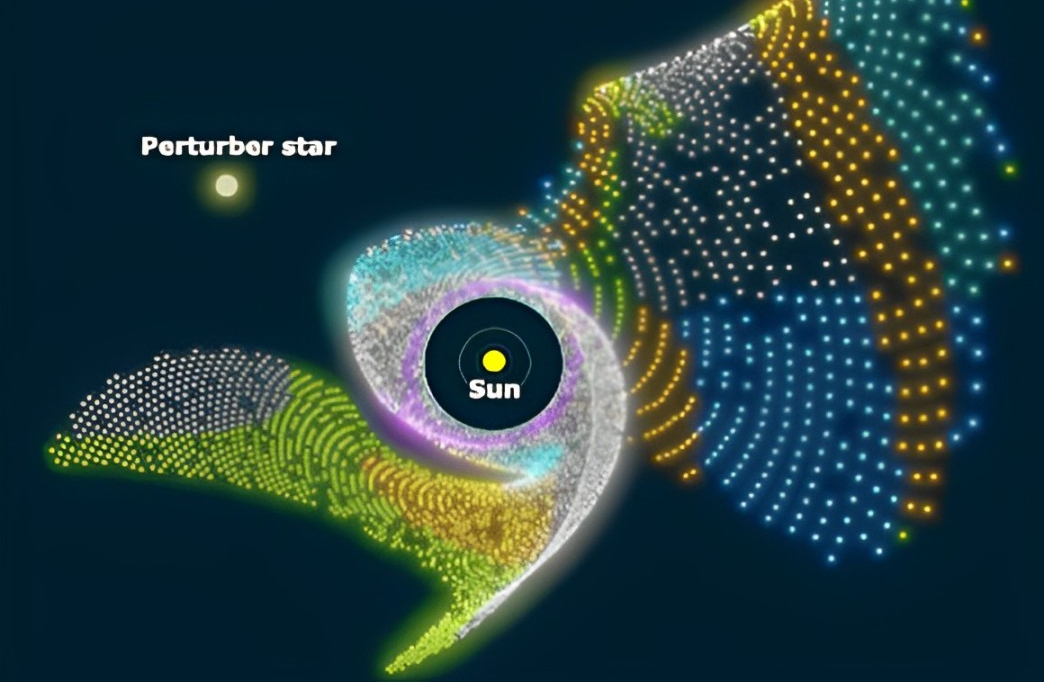
An illustration depicting the Solar System and a star at least 0.8 times its size passing nearby - Photo: Jülich Research Center
The team of authors led by Dr. Susanne Pfalzner from the Jülich Research Center (Germany) studied objects residing in the most distant regions of the Solar System, outside the orbit of the 8th planet, Neptune.
There are about 3,000 known trans-Neptunian objects.
Surprisingly, most of them move on eccentric and inclined orbits. Some even rotate in the opposite direction to most other objects in the Solar System.
It is an unusual phenomenon because large and small objects belonging to a star system, from planets, dwarf planets to asteroids..., in theory should have certain similarities.
The most likely scenario is that something has affected the orbits of the objects. Since the unusual objects are concentrated in the outer regions of the solar system, researchers believe the disturbance was caused by something passing too close to us.
A series of simulations were set up, indicating the most reasonable scenario: Billions of years ago, when the Solar System was very young, a star with a mass at least 0.8 times its own - which could carry planets - flew by at a distance of only 110 astronomical units (AU), or 16.5 billion km.
One AU is about the distance from the Sun to Earth. For a star system, a pass by at a distance of only 110 AU is very close.
But it would take close enough to cause some objects to have their orbits so disturbed that they move almost perpendicular to the orbits of the planets.
Even some objects like 2008 KV42 and 2011 KT19 rotate in the opposite direction to the planets.
The close flyby of a star system very similar to our own also pushed some trans-Neptunian objects toward the planets.
As a result, some of the outer planets have several extra moons, most of which are distorted, with distant, tilted, and eccentric orbits.
This may explain why the outer planets of the Solar System often have two different types of moons, one that resembles Earth's satellite, the other being the unusual moons mentioned above.
At least 140 million Sun-like stars in our Milky Way galaxy have suffered a similar fate.
Source: https://nld.com.vn/he-mat-troi-dao-lon-vi-dung-do-the-gioi-song-song-196240912093917716.htm








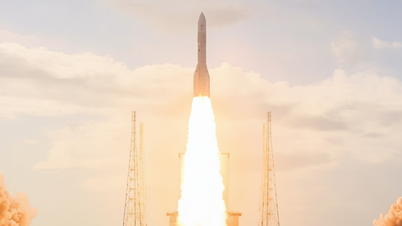



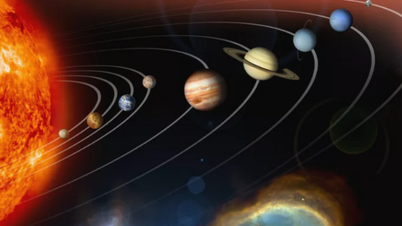
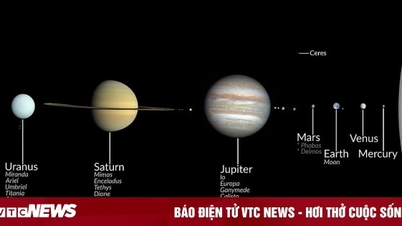


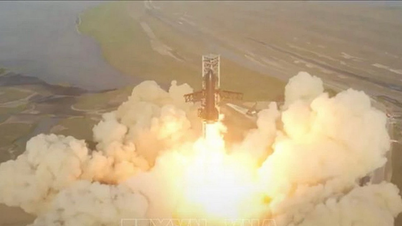



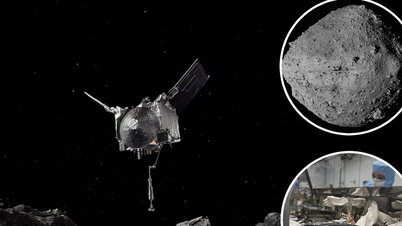













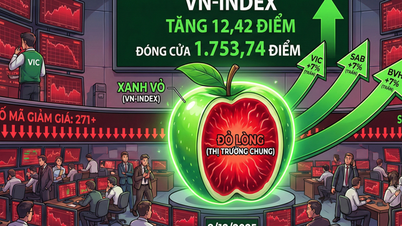
















































































Comment (0)